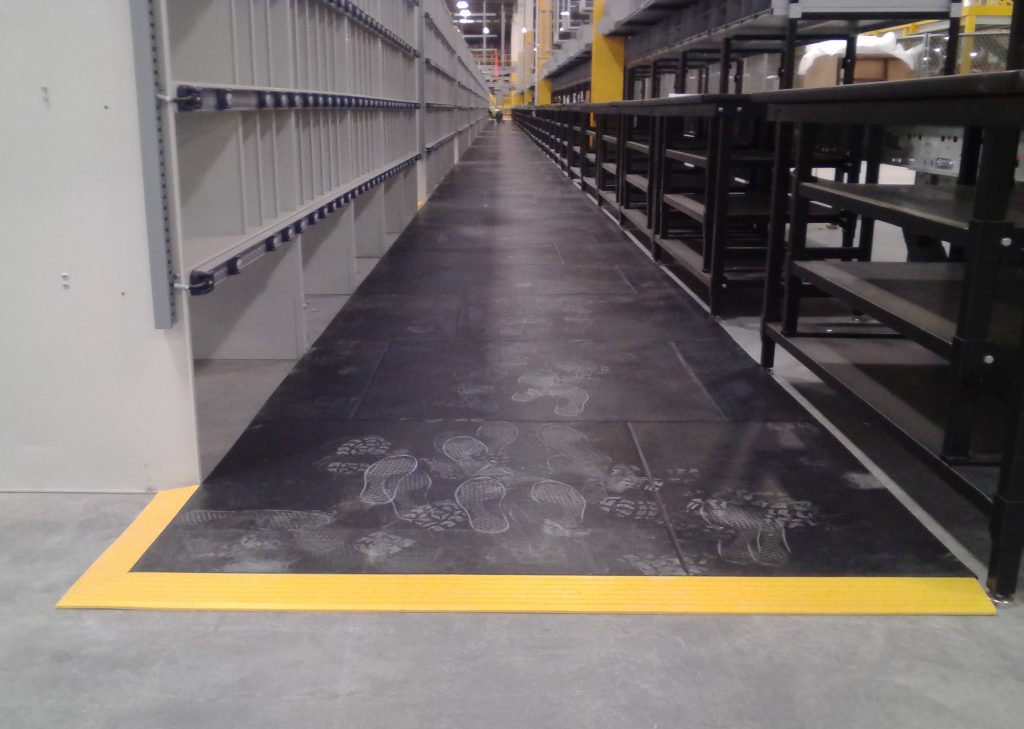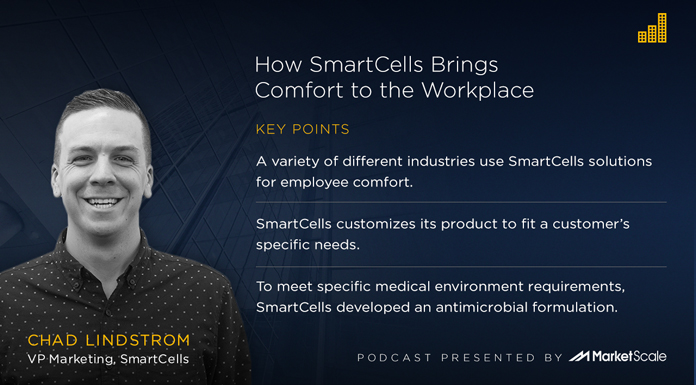Blog
Is Your Mat Optimized for Softness and Hardness?
- Derek Hawn
- February 14, 2017
- 11:15 am
- One Comment
- 3 minutes
A recent study published in the Journal of the American Medical Association found that “lost productive time from common pain conditions among active workers costs an estimated $61.2 billion per year,” and nearly 80 percent of that lost productive time was due to reduced performance at work rather than work absence.
When it comes to being productive and effective, workers need more than just a safe and efficient work environment; they also need to be physically and psychologically able to perform. That includes being free of pain and discomfort.
According to the AMA, almost 13% of all workers experience pain in the workplace that effects productivity. About 76% of those workers don’t complain, or file a report, they simply stay on the job, and become less productive by just under an hour a day, 4.6 hours a week. That translates to about 22 days of lost productivity per year, due to pain on the job. That’s a lot of pain!
The need to battle the issue of standing-worker discomfort crosses all business sectors. Even a smart, current trend in office environments to utilize standing desks that can offer healthy ergonomic options to reduce discomfort from prolonged sitting, can also create the potential to experience discomfort in the feet, legs and back from standing.
Relief from standing pain is further complicated by a wide variety of anti-fatigue product options. In the coming months, we will take a journey exploring the 9 essential questions one must answer before investing in an anti-fatigue solution. This month we will explore the question:
Has the Mat Been Optimized for Softness or Hardness?
Research indicates that there are several critical features that a standing surface needs to have if it is optimized for relieving fatigue that effects productivity. The first of which, is that it needs to be appropriately compressible (softness without bottoming out).
The compressibility of a material is a global measure of mat firmness, and is one of the most important test results in evaluating product performance. It is measured in Mega Pascals (MPa) a measurement of pressure, with the optimal range of firmness to reduce fatigue between .6 and .9 MPa.
A standing surface that is too soft can increase fatigue (example: standing on a mattress); a surface that is too hard or bottoms out easily may be only slightly better than standing on nothing.
There are many anti-fatigue products that tout their primary feature as being the “softest” or “plushest” in the market. While this may be true, these mats fall well outside the optimal parameters for reducing fatigue, and in fact may increase fatigue and the likelihood of injury due to surface instability that causes excessive body sway or lower extremity shifting over time.
This optimal surface compressibility is carefully designed into the SmartCells technology, which is easily differentiated in the marketplace by its unique rubber cellular structures that act like springs to cushion, support, and return energy.
SmartCells function in exactly the opposite ways from foam and gel. SmartCells get softer as compressed. Foam gets harder as compressed, and gel just squishes out of the way. SmartCells will not bottom out under typical worker-related activities. Foam needs to be thick to avoid bottoming out, often resulting in an overly soft, unstable standing surface that overworks muscles. SmartCells act like springs and when weight is shifted they “spring” back and return energy. Whereas foam and gel can be highly non-responsive.
SmartCells anti-fatigue cushioning technology is available in mats, flooring and insoles to bring relief to workers and dramatically impact health and well-being.
To learn more or invest in SmartCells Anti-fatigue products please follow the link below:
Your Guide to Spring Cleaning
How to Keep Your Company Afloat in an Uncertain Economy with Ergonomic Productivity Innovations
The Top 10 Ways to Reduce the Risk of Senior Falls
SmartCells Anti-Fatigue Mats Help MS Sufferer Stand Comfortably
Your Guide To Late Summer Gardening
Enhancing Comfort and Safety in Industrial and Logistics Settings: A Look at SmartCells Anti-Fatigue Mats
Podcast: Cushioning the Blow: How SmartCells Brings Comfort to the Workplace
SmartCells Personal Training Insoles Keep Attendees Comfortable at the 2014 World Fitness Expo
Who are we and why did we drop an egg?
SmartCells: The Secret to Keeping Retail Employees Safe and Productive
Let us help you find the right solution
Not sure where to start? Our customer service and sales representatives – who are just as knowledgeable about the product as the scientists who created it – would be happy to help you understand more.



